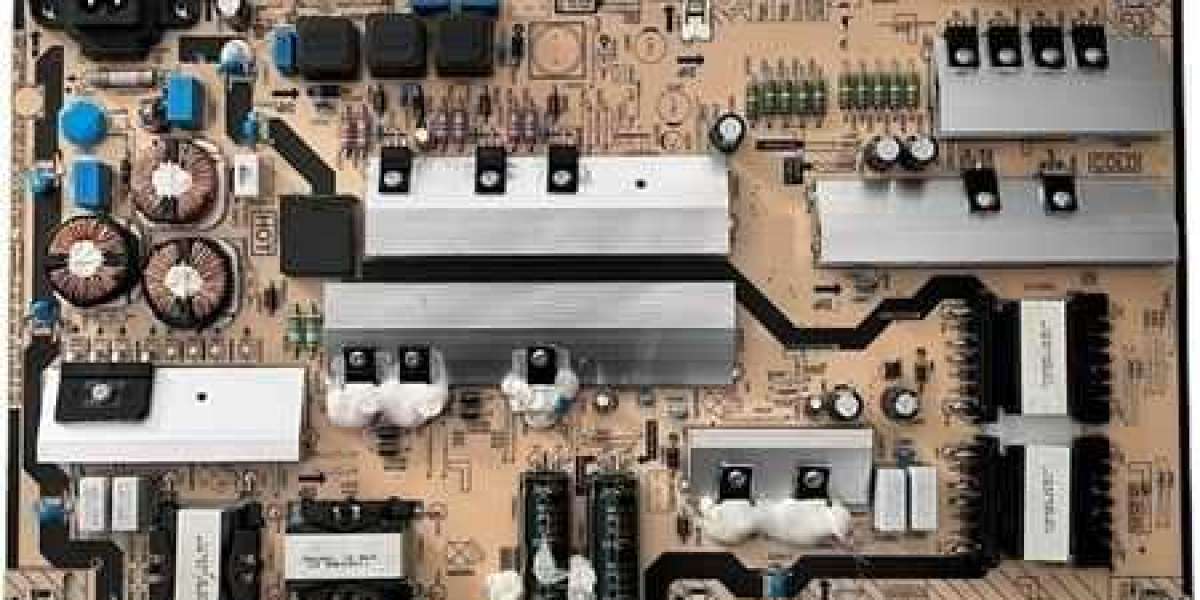Core Components of Smart Grid Architecture
Advanced Metering Infrastructure (AMI)
Smart meters providing real-time consumption data
Two-way communication between utilities and consumers
Remote connect/disconnect capabilities
Time-based pricing and demand response programs
Distribution Automation Systems
Automated feeder switching for rapid fault isolation
Self-healing networks with automatic restoration capabilities
Voltage and VAR optimization systems
Advanced capacitor bank and regulator control
Intelligent Sensors and Monitoring
Phasor Measurement Units (PMUs) for grid stability monitoring
Distribution line sensors for real-time condition assessment
Transformer monitoring systems
Fault detection and location technology
Renewable Energy Integration
Distributed Energy Resource Management
Advanced inverters with grid-support functions
Solar and wind forecasting systems
Energy storage integration and optimization
Microgrid management and control
Grid-Interactive Capabilities
Bidirectional power flow management
Frequency regulation through renewable resources
Voltage support from distributed generation
Islanding detection and management
Communication Infrastructure
Network Architecture
Fiber optic networks for high-speed data transmission
Wireless communication systems (cellular, radio, satellite)
Power line carrier (PLC) technology
Hybrid communication networks for redundancy
Cybersecurity Measures
End-to-end encryption for data protection
Intrusion detection and prevention systems
Regular security audits and updates
Demand Side Management
Smart Load Control
Direct load control programs for major appliances
Time-of-use pricing and incentive programs
Energy management systems for commercial buildings
Electric vehicle smart charging infrastructure
Consumer Engagement
Web portals and mobile apps for energy monitoring
Home area networks (HANs) for device coordination
Energy usage analytics and recommendations
Community energy sharing platforms
Implementation Benefits
Operational Efficiency
Reduced technical and commercial losses
Optimized asset utilization and extended equipment life
Improved workforce management through mobile solutions
Enhanced outage management and restoration
Environmental Impact
Increased renewable energy integration capacity
Reduced carbon emissions through optimized operations
Support for electric vehicle adoption
Energy conservation through consumer awareness
Case Study: European Smart Grid Deployment
Project Outcomes
30% reduction in outage duration through automated restoration
15% decrease in peak demand through demand response programs
Integration of 40% renewable energy into distribution network
25% improvement in operational efficiency
Future Development Trends
Artificial Intelligence Integration
Machine learning for predictive maintenance
AI-based load forecasting and optimization
Intelligent asset management systems
Automated grid operation and control
Blockchain Applications
Peer-to-peer energy trading platforms
Secure energy transaction recording
Automated billing and settlement systems
Renewable energy certificate tracking
Conclusion
Smart grid solutions represent the foundation for building sustainable, resilient, and efficient energy systems for the 21st century. By embracing these technologies, utilities can address current challenges while preparing for future energy demands and opportunities.
Companies like Degatech Electric are pioneering advanced smart grid solutions that help utilities navigate this transformation, providing both the technology and expertise needed for successful implementation and operation.








